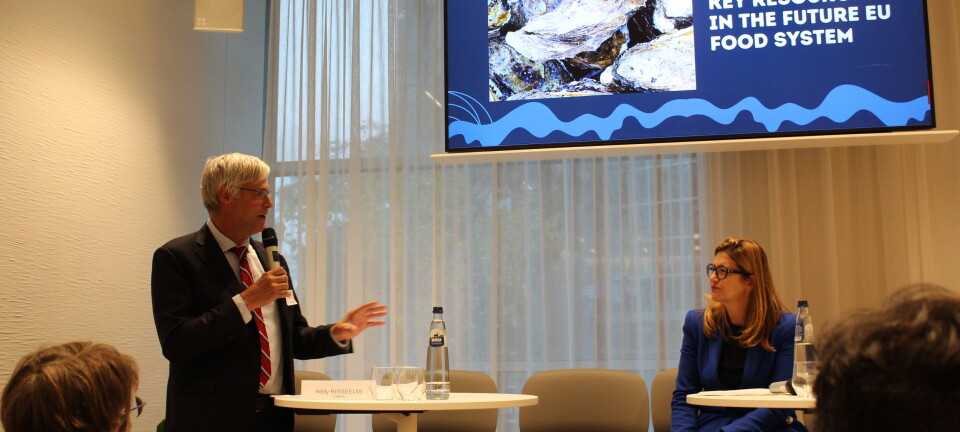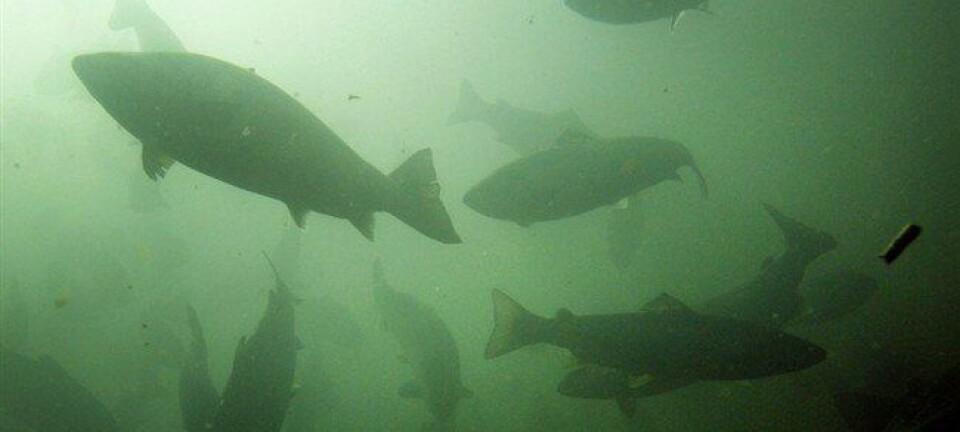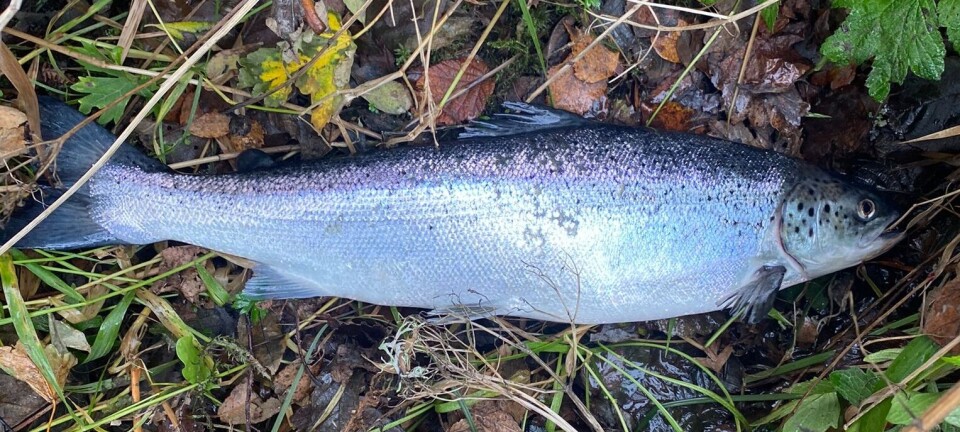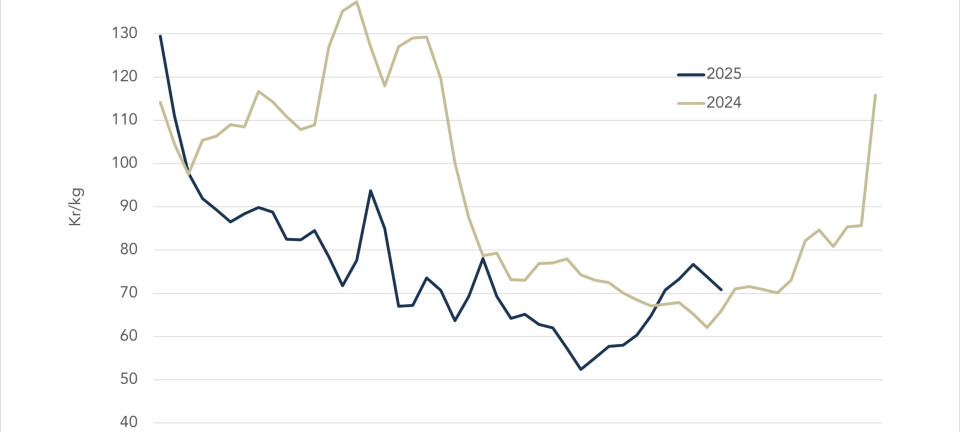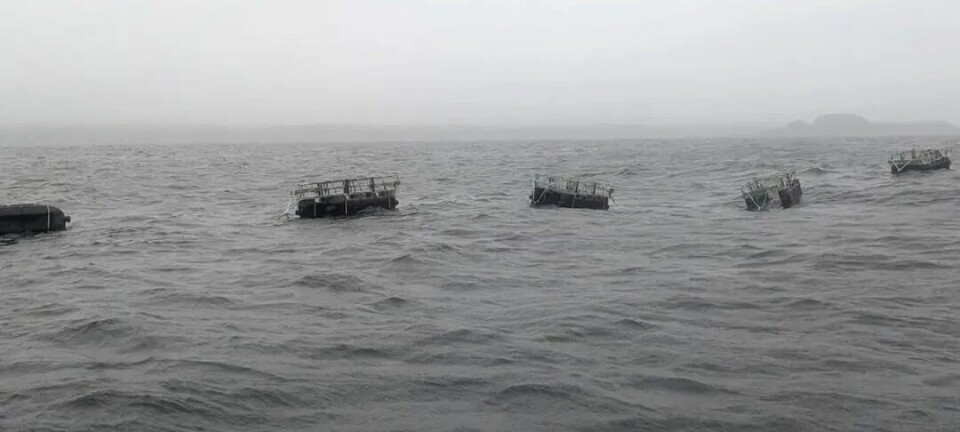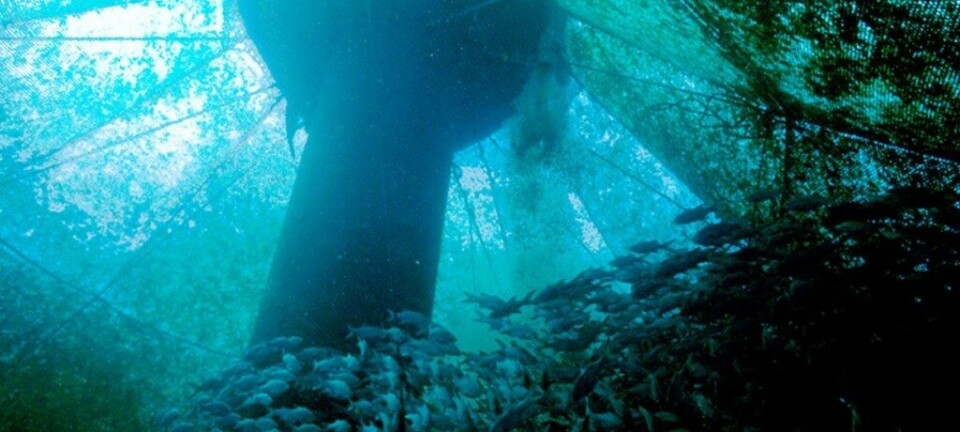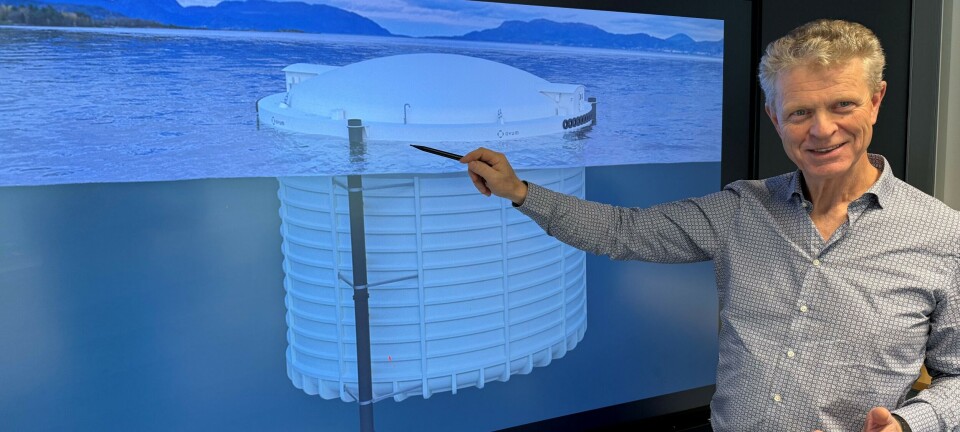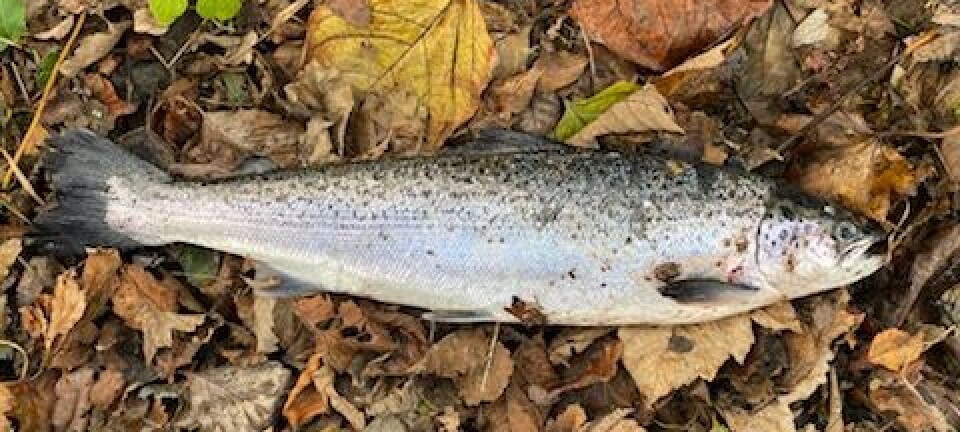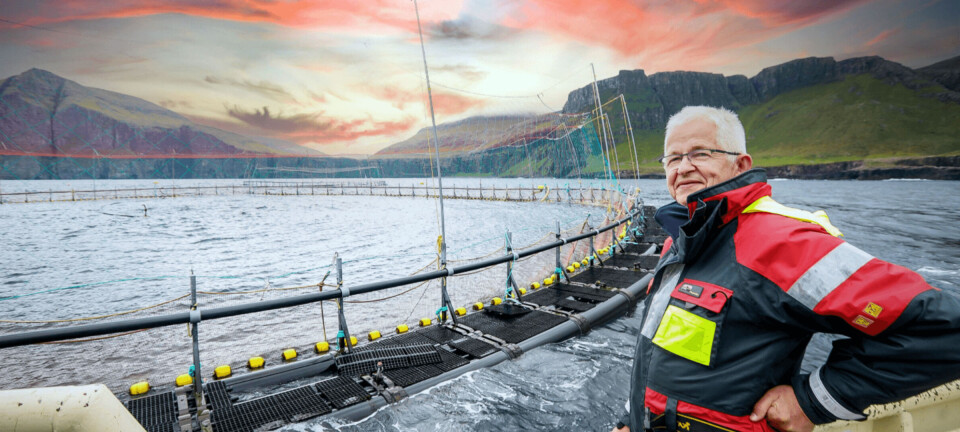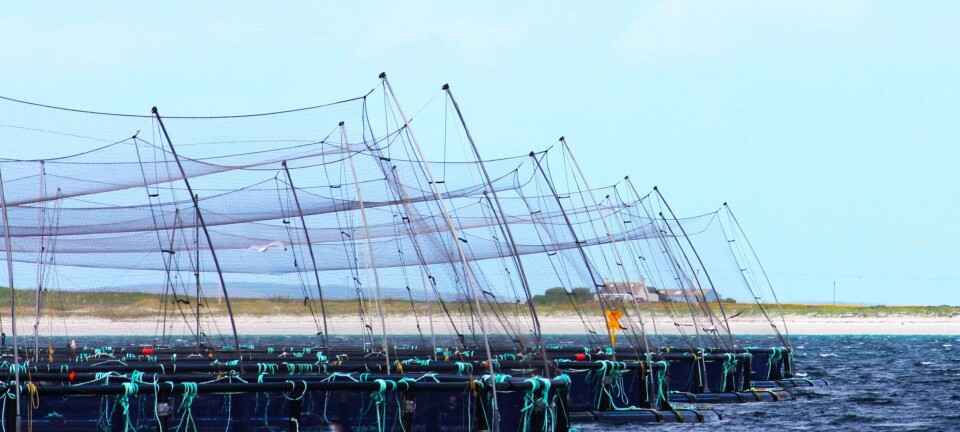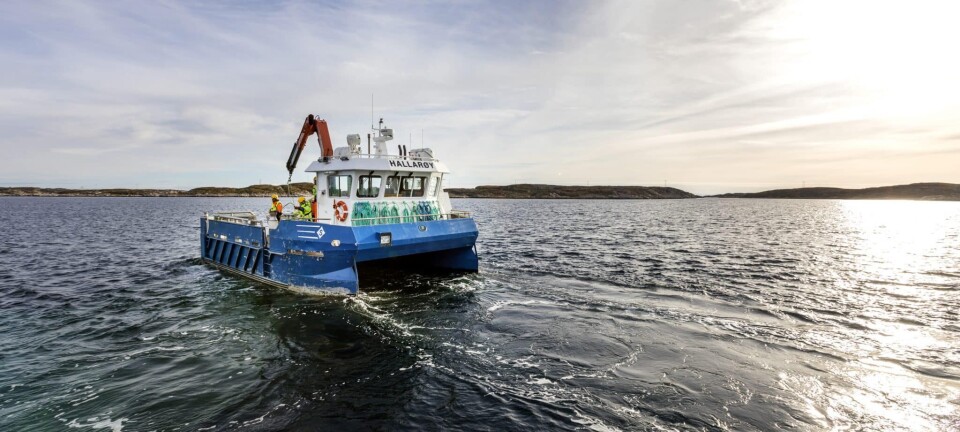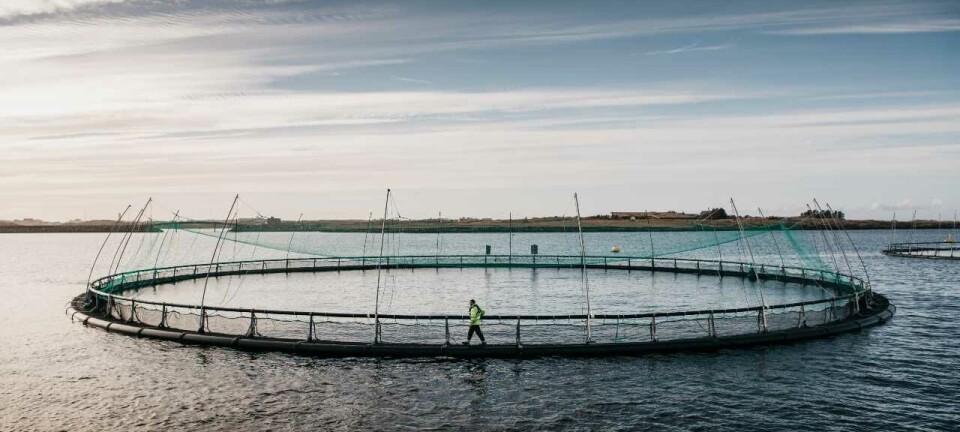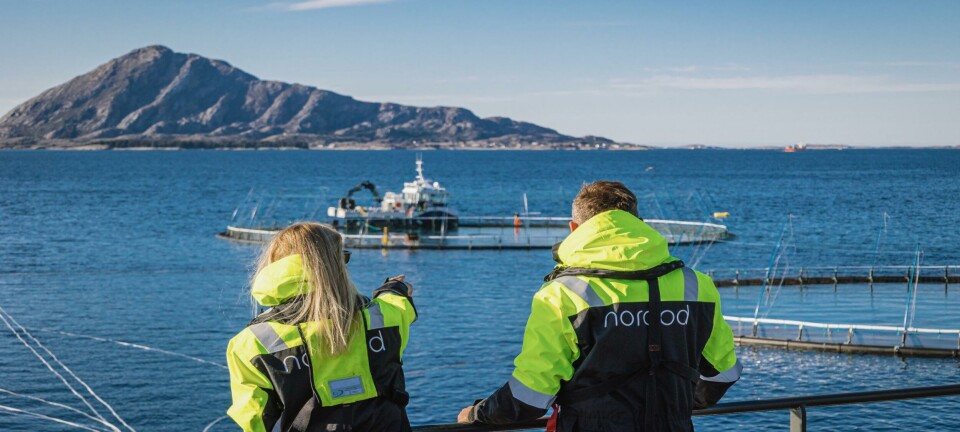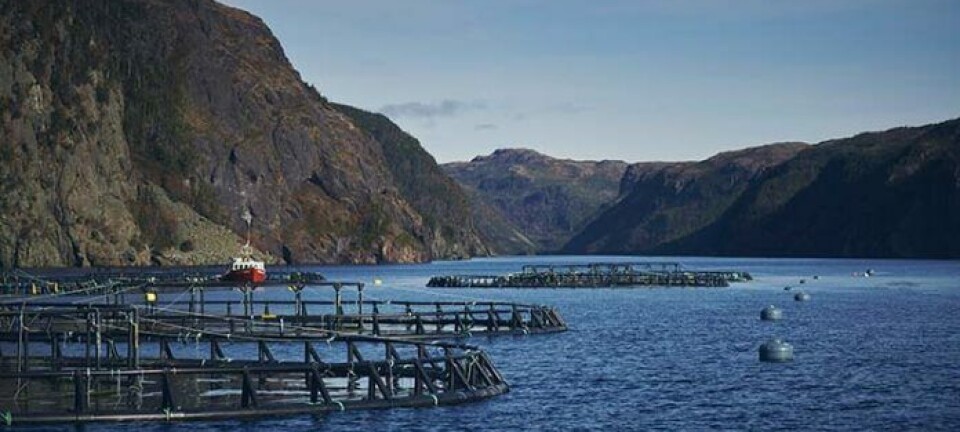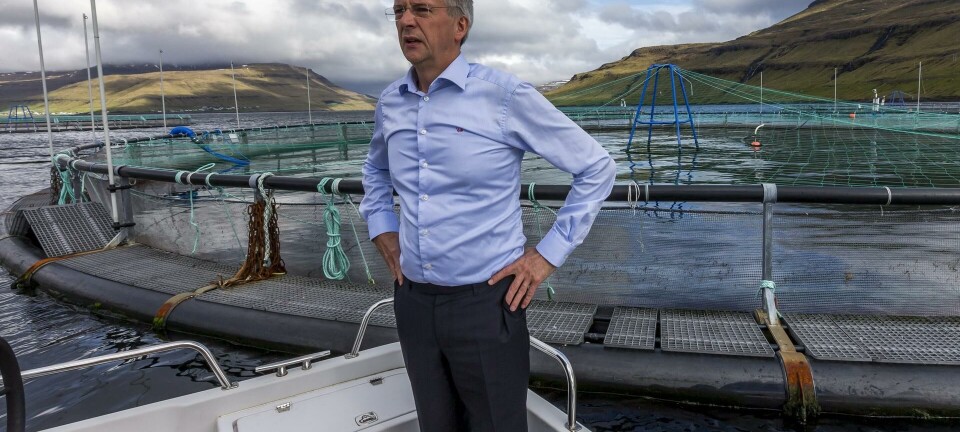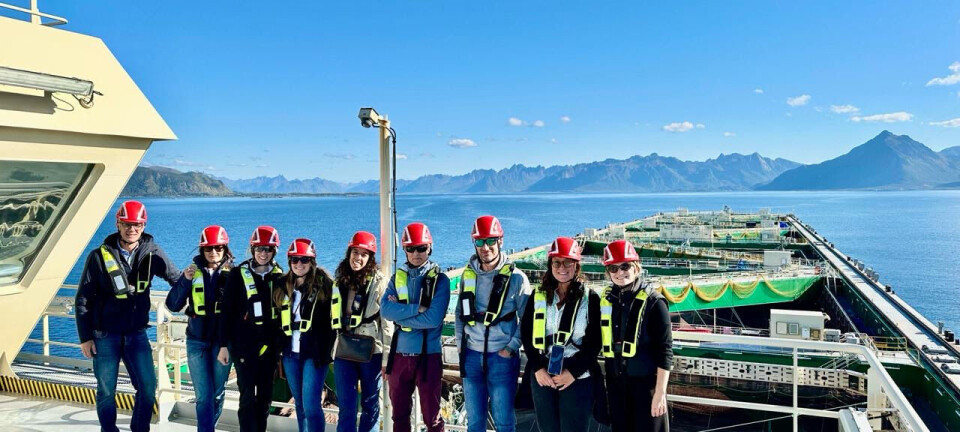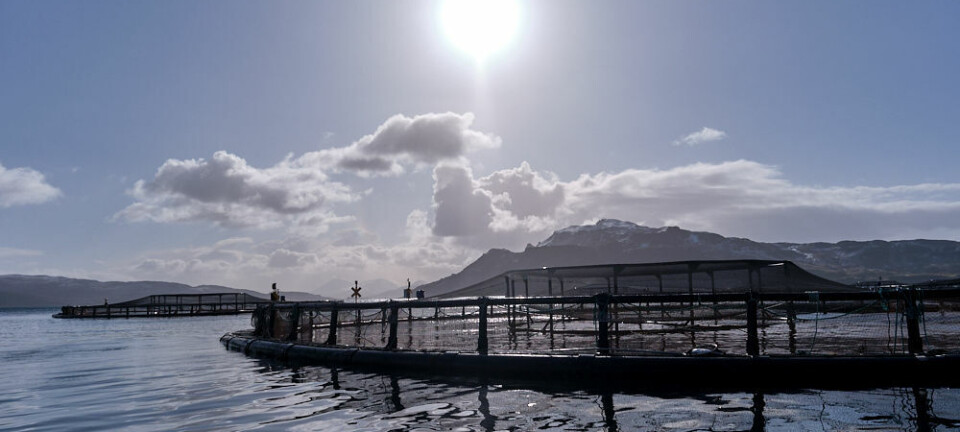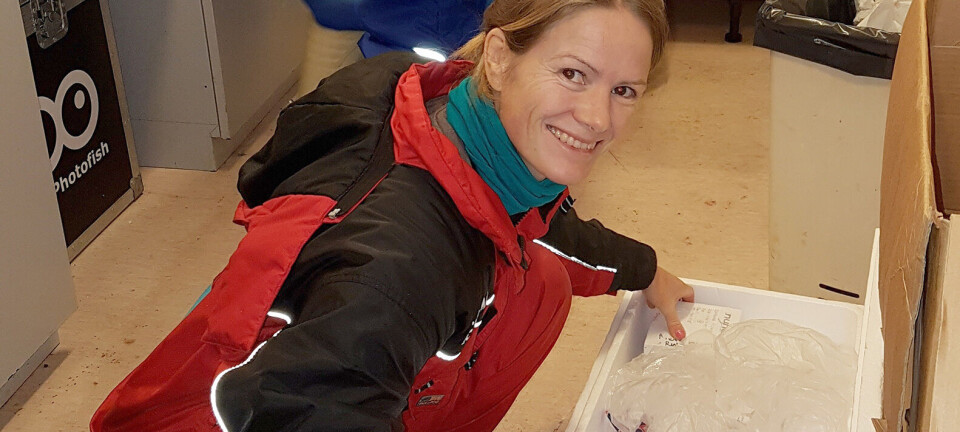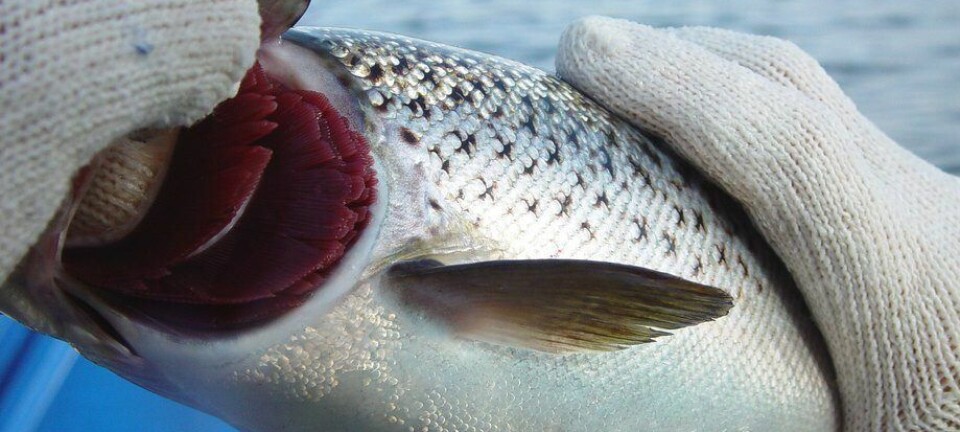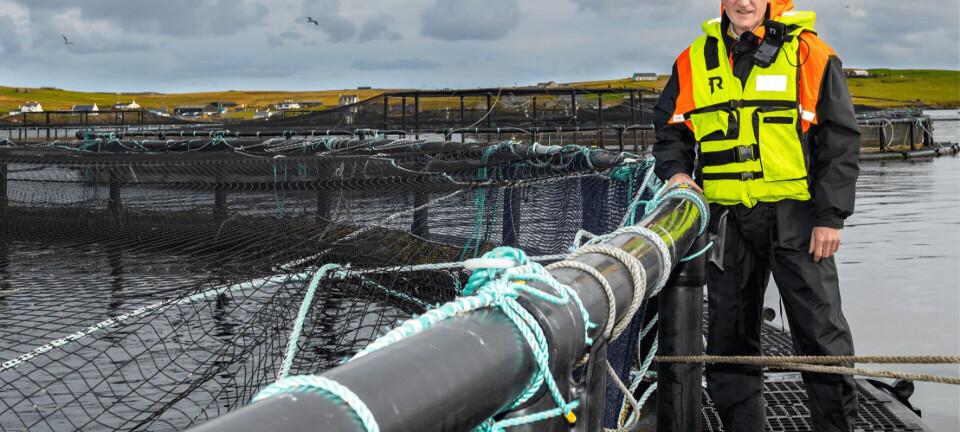
Study shows lower levels of omega-3 and fewer toxins in farmed salmon
Researchers find the changes were particularly marked from 2006 to 2014
Changes in the content of farmed salmon over a 15-year period show a decline in omega-3 and also fewer toxins, according to a new study.
Researchers at Norway’s Institute of Marine Research examined almost 7,000 samples of salmon fillet and almost 1,000 samples of salmon feed in the period between 2006 and 2021.
While salmon is still a good source of omega-3, vitamin D and selenium, the concentration has decreased, said researcher Rita Hannisdal, who observed that the changes were particularly marked from 2006 to 2014.
More vegetable omega-3
Since 2006, there has been more vegetable omega-3 fatty acids in both fillets and feed. At the same time, there has been less of the healthy marine omega-3 fatty acids EPA and DHA.
“During this period, there were also major changes in the feed composition, with more vegetable and less marine raw materials. It is then natural that fish fillets experience changes in both marine fatty acids and pollutants. “When we look at the entire period from 2006 to 2021, we see that the changes in several of the nutrients and pollutants were similar in fish feed and salmon fillets.
“Although the content of marine ingredients in the feed has decreased, salmon is still a good source of marine omega-3 fatty acids,” she added.
Environmental toxins
The concentration of several environmental toxins in salmon and fish feed has also decreased since 2006. This includes DDT – which was previously used as a pesticide – and dioxins and PCBs - chlorine-containing environmental toxins with a long decomposition time in nature.
“The fact that there are fewer of these substances in salmon fillets means that the health risk associated with their occurrence in farmed salmon has also been reduced,” said Hannisdal.
The researchers also examined the content of the environmental toxins mercury, lead and cadmium. “Mercury occurs in low concentrations, but in 90% of the samples, the content of lead and cadmium in salmon was lower than what we can detect with current methods.”


